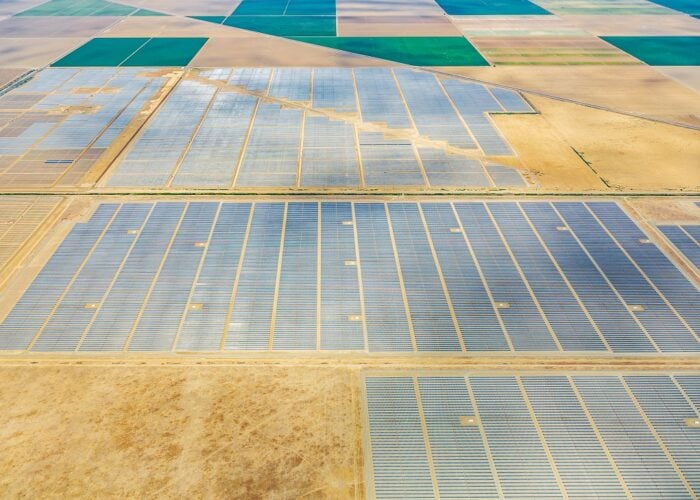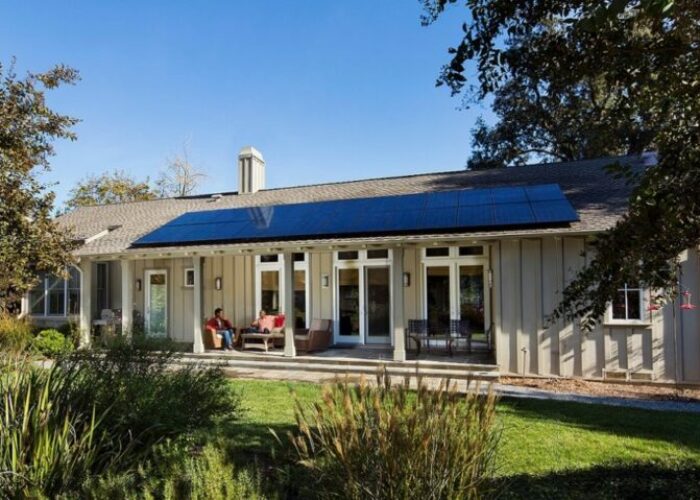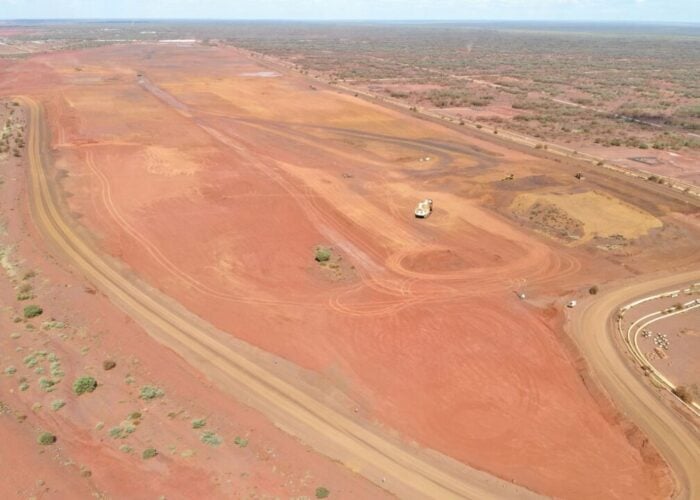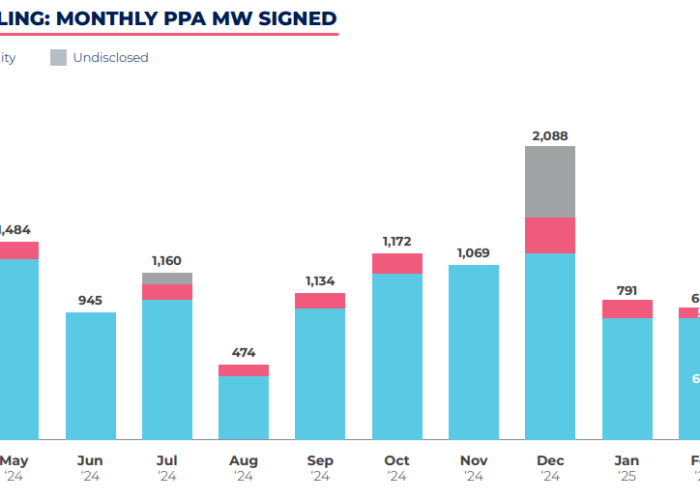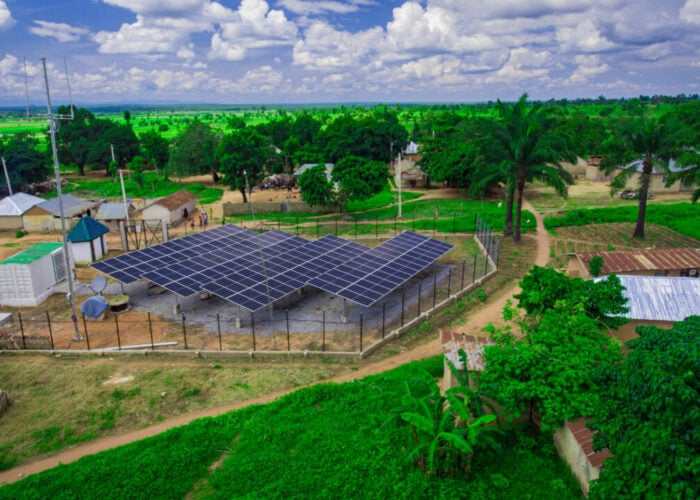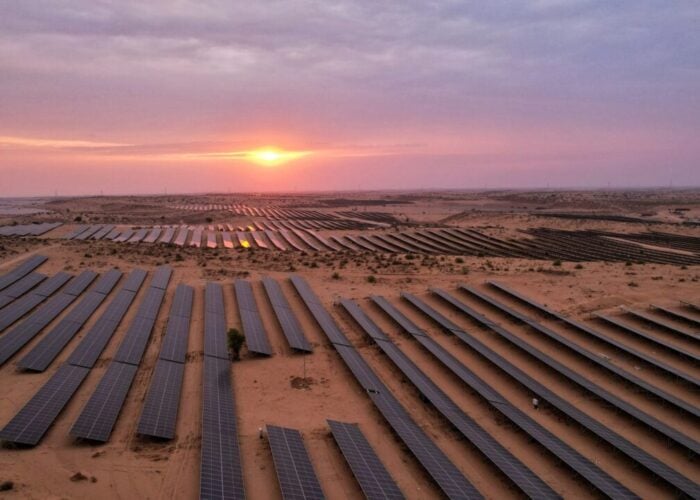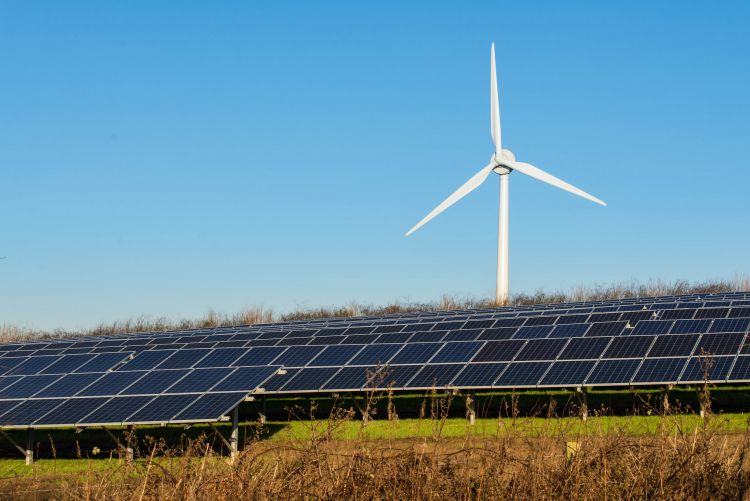
As of today, less than 10% of the necessary solar and wind power needed for a 2050 global net zero scenario exists, whilst global electricity generation will need to more than triple to 80,000TWh, according to the 2022 BloombergNEF (BNEF) New Energy Outlook.
The report outlined two scenarios: a Net Zero Scenario, wherein a feasible, though theoretical, path is mapped to meet the Paris Agreement’s 2050 net zero targets, and an Economic Transition Scenario, which is BNEF’s baseline assessment of how the energy transition might evolve based on cost-based technology changes and assumes no new policy directions towards the energy transition.
Unlock unlimited access for 12 whole months of distinctive global analysis
Photovoltaics International is now included.
- Regular insight and analysis of the industry’s biggest developments
- In-depth interviews with the industry’s leading figures
- Unlimited digital access to the PV Tech Power journal catalogue
- Unlimited digital access to the Photovoltaics International journal catalogue
- Access to more than 1,000 technical papers
- Discounts on Solar Media’s portfolio of events, in-person and virtual
Or continue reading this article for free
Under the Economic Transition Scenario, the decreasing price of solar, wind and battery storage will see market-incentivised renewable energy eliminate around half of the world’s energy-related emissions in 2050, without new legislation. The recent price rises in solar technology due to market instability are forecast to end – indeed last week PV Tech Premium reported that mono wafer and polysilicon prices have begun to fall.
Within this model, solar and wind account for around two-thirds of global power generation by 2050, and represent 85% of power capacity additions added over the next three decades.
“The energy transition in the power sector is well under way, and our modeling shows global emissions in the power sector peak around 2023,” said Matthias Kimmel, team leader for energy economics at BNEF.
“Despite the recent inflationary pressures, renewables remain competitive and the gap between renewables and fossil fuels continues to widen.”
In October, Rystad Energy forecasted that gas plants would become ten times more expensive than solar installations in Europe over the coming years.
However, the Economic Transition Scenario falls short of the Paris Agreement, with emissions only modelled to fall 29% by 2050 and unabated coal, oil and gas still in operation.
BNEF’s Net Zero Scenario highlights rapid and expansive renewables deployment, replacing fossil fuel production, and electrified transport and industrial processes as the cornerstones of fulfilling the Paris Agreement.
The model sees the global energy landscape dominated by solar and wind by 2050, accounting for almost 75% of total generation, whilst the rest is fulfilled by other renewables, nuclear and – to a lesser extent – hydrogen and coal/gas with carbon capture technology.
Electrification in the transport sector is also called for, forecast to require a fivefold increase in electric vehicle (EV) sales.
Transforming the power system will be most effective in countries that currently rely heavily on coal. According to the report, China, India and Australia would see a switch to clean power account for almost two-thirds of their emissions abatement by 2050. Australia recently announced a US$16 billion clean energy budget aimed at transforming its power landscape, and its energy market operator released its ‘roadmap’ to achieving 100% renewable generation in its national energy market by 2025.
Countries with less carbon-intensive power systems would see electrification in transport and industry give the biggest boost.
Financially, the Net Zero Scenario requires that $5 be invested in renewable energy for every $1 put towards fossil fuels. Vast swathes of cash are being made available across the globe for renewables projects, perhaps most notably the US$369 billion Inflation Reduction Act introduced in the US earlier this year.
“Our Net Zero Scenario shows that a credible pathway to meet the goals of the Paris Agreement still exists, but getting there requires immediate action,” said David Hostert, global head of economics and modelling at BNEF and lead author of the report.
“Our Net Zero Scenario and Economic Transition Scenario describe very different pathways for the energy transition, and by extension for the global climate crisis, and the fork in the road is upon us.”

